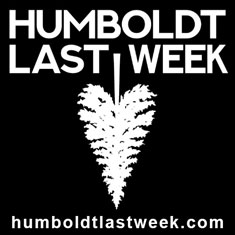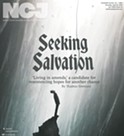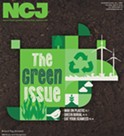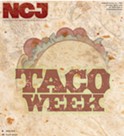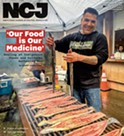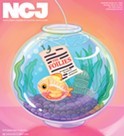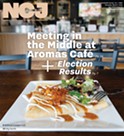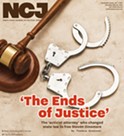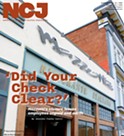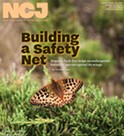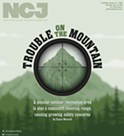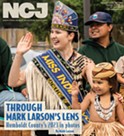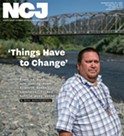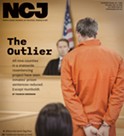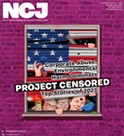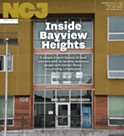[
{
"name": "Top Stories Video Pair",
"insertPoint": "7",
"component": "17087298",
"parentWrapperClass": "fdn-ads-inline-content-block",
"requiredCountToDisplay": "1"
}
]
In my unrepresentative poll, it seems all of us who grew up in the 1950s used to expand our addresses way beyond local streets and towns as children. For instance, I lived at 27 Northdown Close, Maidstone, Kent, England, Europe, Earth, Solar System, Milky Way, Universe. Do today's kids still do this? If so, they'll want to add a few more sub-categories before getting to "Universe," including one discovered recently: the Laniakea Supercluster.
We've only known for the past 100 years that our galaxy, the Milky Way, is one of billions of others, ranging in size from a few thousand stars to tens of trillions. The Milky Way and its more populous twin, the Andromeda Galaxy or M31, are the main members of the Local Group, 50-odd galaxies held together by gravity. (So much so that we're on a collision course with Andromeda — things will get squirrely in about 4 billion years.)
The Local Group, in turn, is a suburb of a vast archipelago of galaxies, the Virgo supercluster, shown in red in the accompanying graphic. Since about 1980, the Virgo Supercluster has defined our large-scale place in space. Beyond that, it's difficult for astronomers to determine where one enormous starry gathering stops and another starts. Most surveys involve measuring the velocities of galaxies (relative to Earth), and these measurements are complicated by the overall expansion of the universe.
In the last decade, a team of radio astronomers, led by veteran deep-sky mapper Brent Tully, of the University of Hawaii, and Hélène Courtois, of the University of Lyon, figured out a way to filter out the cosmic expansion component of galactic velocity measurements. They could then establish "peculiar motion," that is, the velocity of galaxies relative to their neighbors ... which is when great lines of flow (white in the graphic) started showing up, together with the boundary (orange) of what is now called the Laniakea (meaning "spacious heaven" in Hawaiian) Supercluster. Essentially, everything inside the boundary is flowing inward.
Take a moment to appreciate what this means: Our sun is one of an enormous mess of billions of individual stars within the orange line, yet we've been able to map where we are and how we relate to our surroundings all the way out to some 500 million light years. Imagine a colony of ants in your backyard mapping the surface of the Earth and you have some idea of the scope of this achievement.
Meanwhile, our own Virgo Supercluster has been relegated to an also-ran — it's now one of four superclusters that are the primary components of the 100,000-galaxy Laniakea Supercluster. So today's kids who want to let ETs know exactly where they are may want to add a couple of labels to their address: Earth, Solar System, Milky Way (Orion Arm), Local Group, Virgo Supercluster, Laniakea Supercluster, Universe. Which is a lot better than a nine-digit zip code.
Barry Evans ([email protected]) hopes his new address will help him find his way home.
Comments
Showing 1-1 of 1
more from the author
-
Doubting Shakespeare, Part 1: Stratfordians vs. anti-Stratfordians
- Apr 25, 2024
-
A Brief History of Dildos
- Apr 11, 2024
-
Eclipse!
- Mar 28, 2024
- More »
Latest in Field Notes
Readers also liked…
-
Trouble on the Line: The Reality Part 2
- Nov 3, 2022





